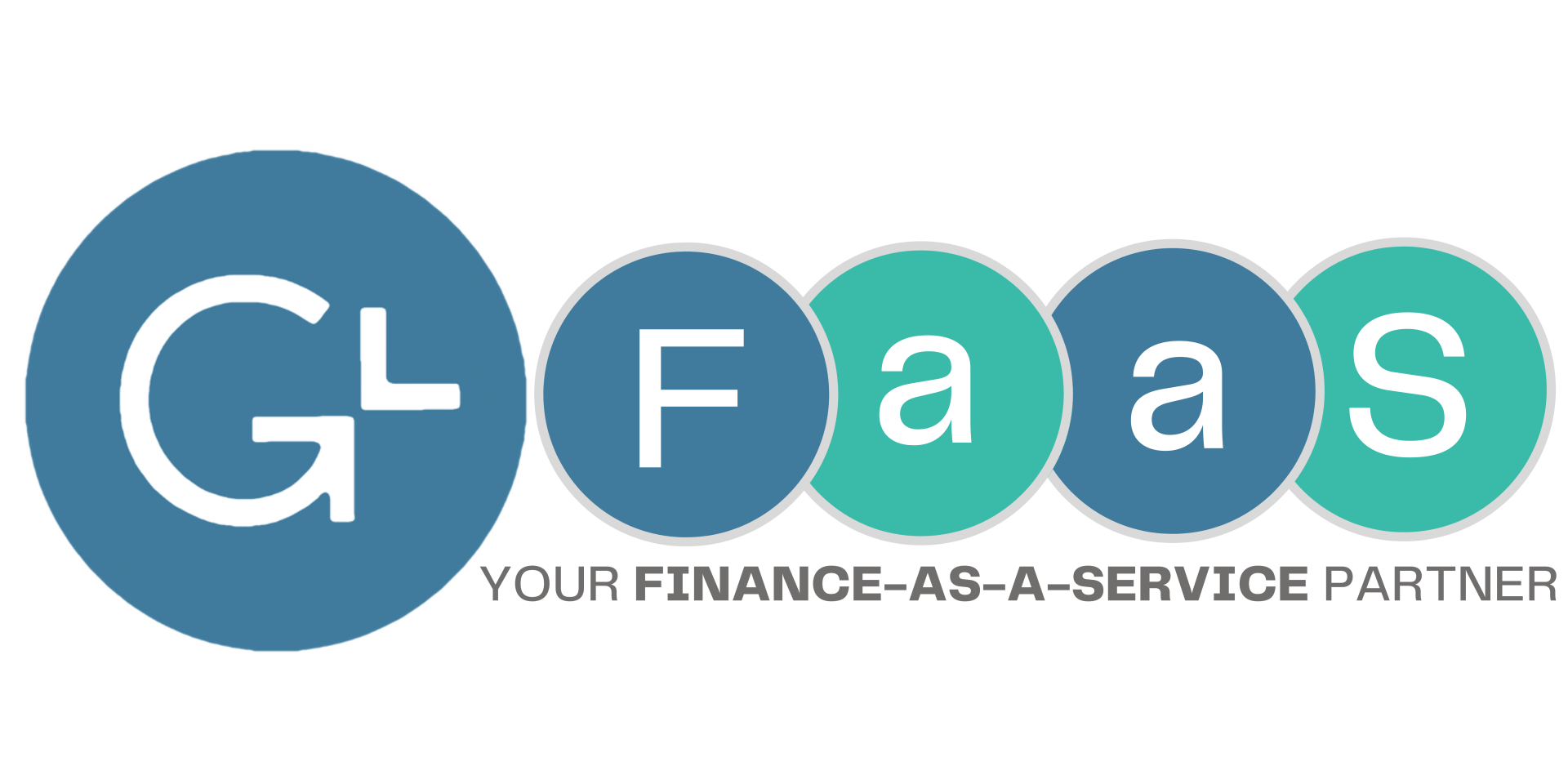5 Best Workflow Automations For Accounting Firms
5 Best Workflow Automations For Accounting Firms
So you know you want to automate more of your accounting firm, but are trying to identify areas of opportunity? Sometimes, the greatest challenge in automating a workflow, is knowing the capabilities of the workflow automation tools themselves. If you’ve made it that far, you’ve probably found yourself exploring Zapier to solve some of these issues. However, the challenge becomes both learning the system, as well as then maintaining it!
While we’re big fans of Zapier for the beginner DIY-er, we’re even bigger fans of using Make (formerly Integromat) and direct APIs or Webhooks. While Zapier is a great starting point, there are surely closer bookends on their capabilities, and leveraging more enterprise-level platforms allows for a greater range of automation capabilities.
When you begin to explore some of these larger platforms, you begin to open your mind to the true possibilities of no-code automation, and will begin to see pockets within your organization for optimizing and automating the workflow.
Below are our top five workflow automations for accounting firms, and ones that we believe 90% of all accounting firms can leverage.
- Redirect Two Factor Authentication (2FA) codes from an email inbox into a shared Slack/Teams channel. Perhaps you have shared login credentials like many for client applications. When that 2FA code gets sent to an email it requires time spent logging into that new email account to grab the code, or worse yet, another person to retrieve it for you. Let’s, instead, route those codes directly into a shared Slack or Microsoft Team channel for easier access.
- Map sales from an online store directly into a series of COA based on SKU, location, class, etc. We all have clients that use an online store such as Shopify to sell their goods. Maybe they're using Stripe on top of it, too, which we talk about later on. Despite Shopify syncing natively with Xero or QBO, there are often limitations around the mapping of that data, or splitting up or grouping of the transactions. We can automate that flow of data to the exact COA you need, based on a predefined set of rules.
- Automate the creation and set-up of internal systems upon signing of a new EA. While it may not be the most time consuming task, it is non value-add and more administrative than anything else. Think about automating the creation of the QBO Client, your Box/Dropbox/Sharepoint folder structure, follow-up emails, CRM updates, and more.
- Extract data from payment processing systems (i.e. Stripe) directly into your monthly work papers to automate the calculation and categorization of balance sheet items. How often do you find yourself exporting reports from Stripe or Paypal or more to then have to create formulas and tables in order to either enter data back into QBO/Xero, or to calculate within your monthly work papers? Let the automation extract and manipulate that data for you, saving you hours per month on a single client.
- Automate the syncing of invoices and payments between QBO/Xero and payment processing systems.
Do you have eCommerce customers that have delays or splits on their payments in Stripe or Paypal? If you find yourself having to spend hours going back to reconcile those payments against your QBO/Xero transactions… let the API’s do it for you!
You’re probably thinking, I don’t have time to learn how to code APIs, or you’ve seen what some of your clients have spent on software development and don’t even want to think about it… and we don’t blame you for that.
This is exactly why we’ve started AppStream, with our entire mission to help accounting firm owners implement and monitor automations for their own firm, in a cost-effective and efficient way.
Our workflow automations usually start at $300 per month, but if you mention this blog, we’ll offer $100 off per month (for life) for any of the above-mentioned automations. And if these don’t cover your exact use case, let’s talk, and we can build a solution that works for you!
Check out More of our Recent Content!

GrowthLab is your Finance-as-a-Service partner
that serves Founders and Management Teams with


